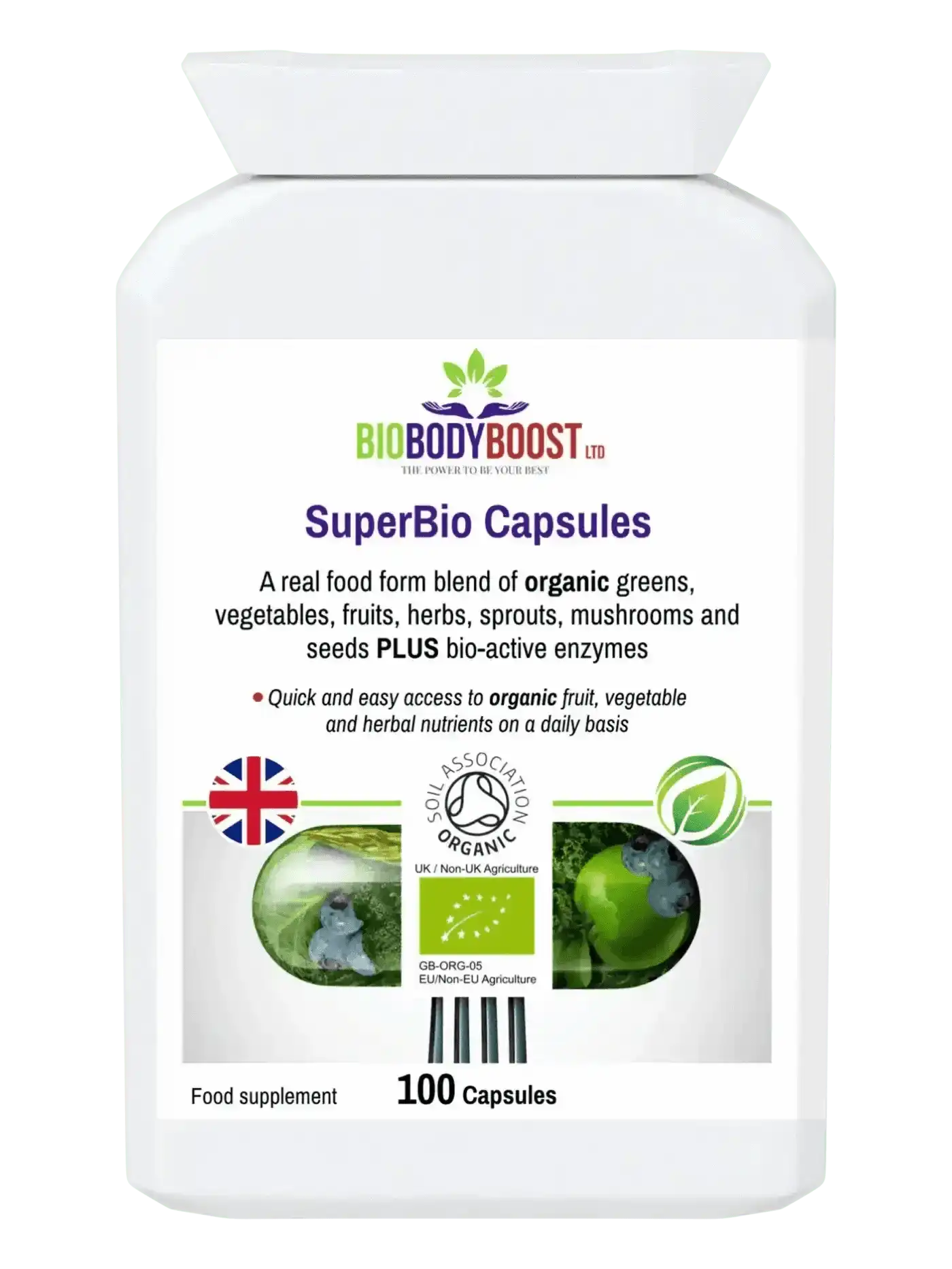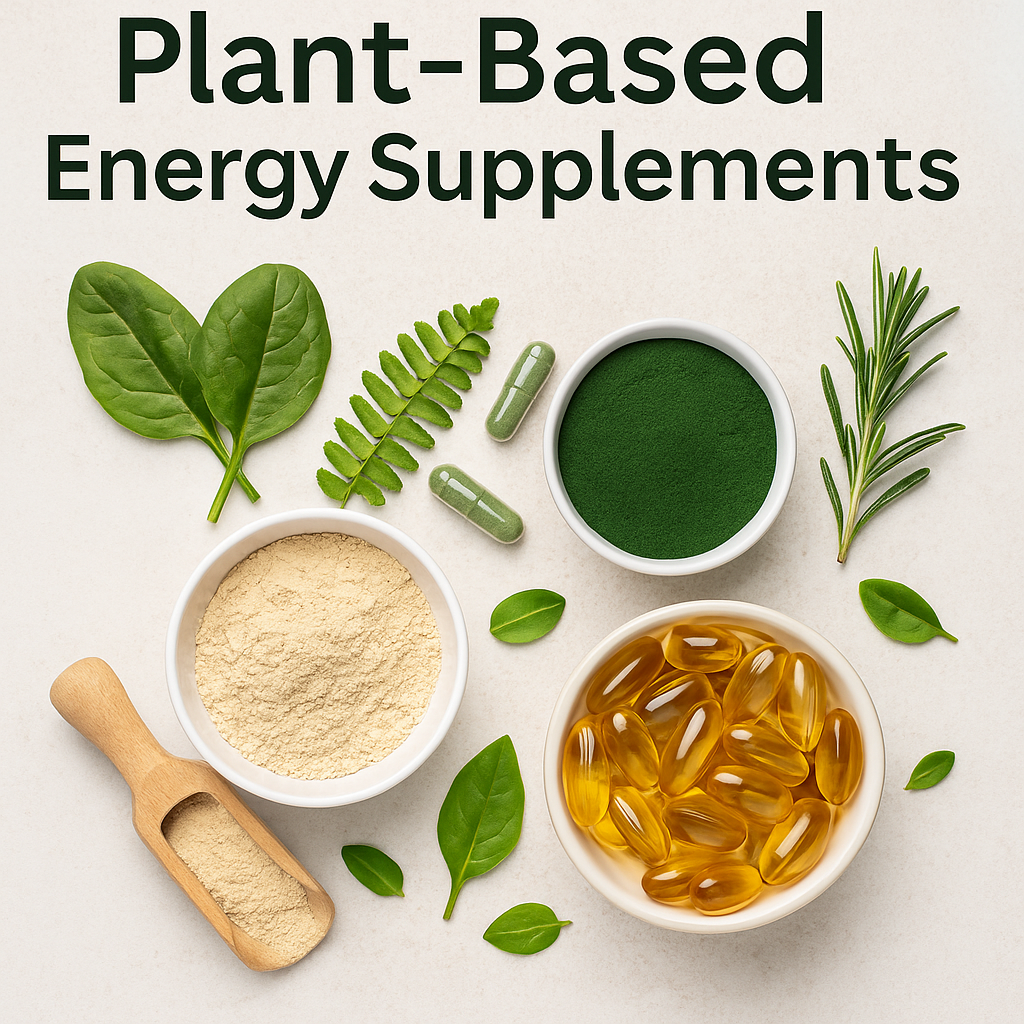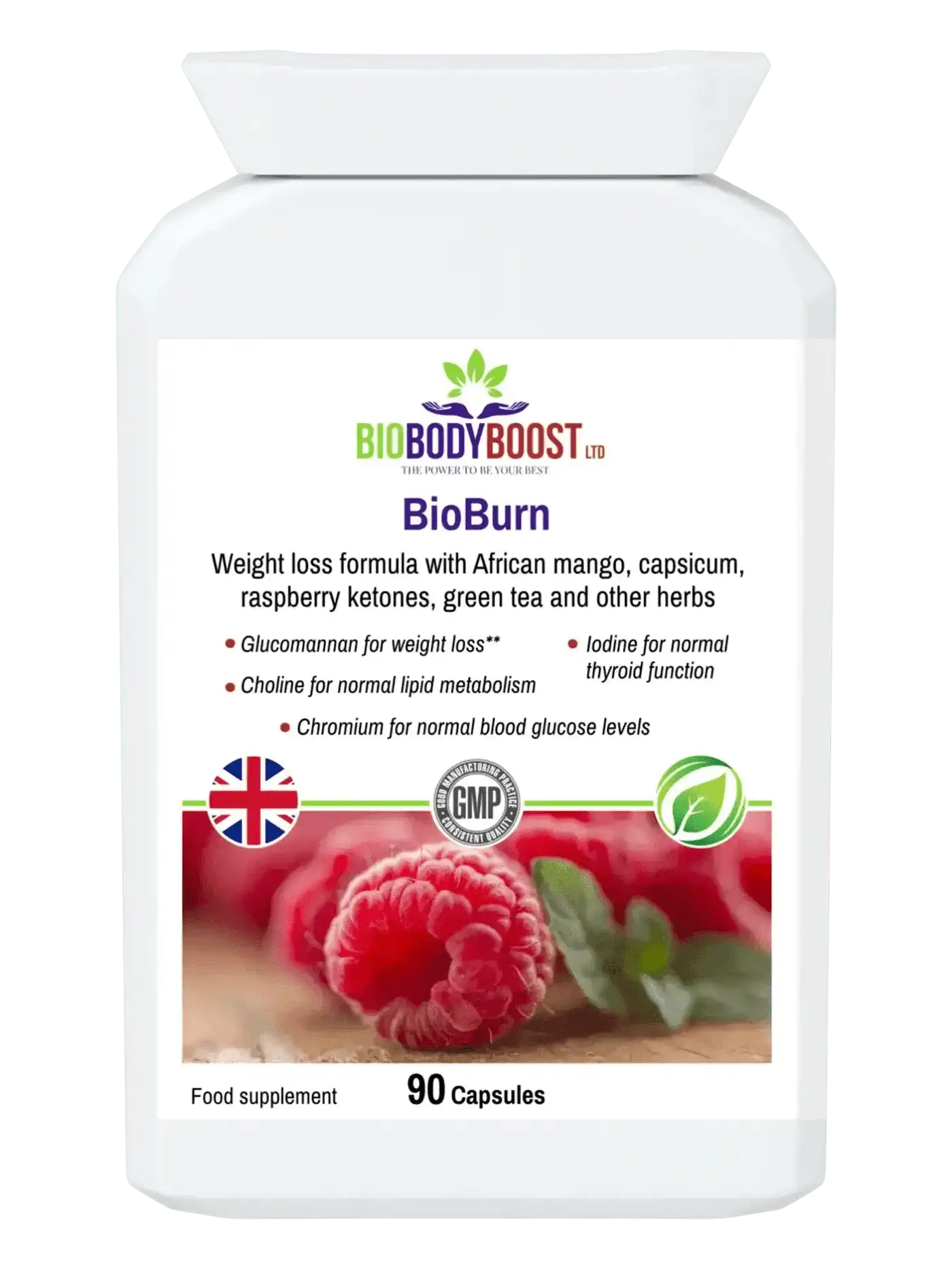In today's world, where health and wellness have taken center stage, understanding the nuances of healthy cooking can make a significant difference in your diet. Cooking techniques that reduce fat content not only help in maintaining a healthy weight but also ensure you are consuming a nutritious meal full of essential nutrients. This comprehensive FAQ guide will delve into some effective cooking methods while offering insights on how to enhance your culinary practices for longstanding health benefits.
Moreover, we will introduce you to some products that complement these healthy cooking techniques which are available on Biobodyboost UK. Let's dive into the most frequently asked questions about healthy cooking techniques aimed at minimizing fat.
Why Is It Important to Minimize Fat in Cooking?
Minimizing fat in your cooking is crucial because excess fat intake, particularly saturated and trans fats, can lead to various health issues such as obesity, heart disease, and high cholesterol. Reducing fat intake helps maintain a balanced diet and supports overall well-being, contributing to a healthier, longer life.
What Are Some Low-Fat Cooking Techniques?
Steaming
Steaming is one of the healthiest ways to prepare food. This method uses hot steam to cook the food, which retains its flavor, vitamins, and minerals. Steaming is excellent for vegetables, fish, and poultry, allowing you to enjoy moist, nutritious meals without adding extra oil or fat.
Baking and Roasting
Baking and roasting are dry-heat cooking methods that typically require minimal or no additional fat. These techniques are ideal for preparing lean cuts of meat, fish, and vegetables. To enhance flavor without adding fat, experiment with herbs, spices, and balsamic vinegar.
Grilling
Grilling imparts a smoky flavor to food, and it's an excellent way to minimize fat. As food is grilled, excess fat drips away, resulting in a lighter, healthier meal. This method is perfect for lean meats, fish, and vegetables. Always preheat the grill, and use a grill basket for small or delicate ingredients.
Stir-Frying
Stir-frying involves cooking food quickly over high heat with minimal oil. A non-stick pan can reduce the amount of oil needed. Incorporate plenty of vegetables and lean proteins like chicken or tofu. Use low-sodium soy sauce, ginger, and garlic to add flavor without extra fat.
How Can I Add Flavor to Low-Fat Meals?
Herbs and Spices
Herbs and spices are fantastic for adding depth and flavor to your dishes without adding fat. Consider using fresh or dried options like basil, thyme, rosemary, cumin, or coriander to enhance the taste of your meals.
Citrus Juices
Lemon, lime, and orange juices can add brightness and acidity to your dishes, amplifying flavors while keeping them light. They also make excellent bases for marinades or dressings when mixed with a little vinegar or soy sauce.
Broths and Stocks
Using low-sodium vegetable, chicken, or beef broths can enhance flavor while ensuring your meals stay low-fat. They are great for making soups, stews, and sauces without heavy fats.
How Can Dietary Supplements Support a Low-Fat Diet?
FibreFix - Psyllium Husk Dietary Fibre
Incorporating dietary fibers like FibreFix can support a low-fat diet by promoting digestive health, ensuring you feel fuller for longer, thus reducing the need for high-fat snacks. Learn more about FibreFix here.
BioSlim - Psyllium Husks Dietary Fibre
BioSlim aids in maintaining regularity and fullness, making it an effective ally against unnecessary fat intake. Consider adding BioSlim to your diet for sustained energy and improved digestion. Discover more about BioSlim here.
SaccharoMyTum - Saccharomyces Boulardii & Vitamin D3
SaccharoMyTum supplements can be beneficial for gut health—supporting digestion and the absorption of nutrients, which aids in maintaining a healthy weight. Explore SaccharoMyTum here.
How Can I Modify Recipes to Be Low-Fat?
Reducing fat in your favorite recipes often involves substituting high-fat ingredients with low-fat alternatives. For example:
- Dairy Alternatives: Use low-fat or non-dairy milk options like almond or oat milk instead of whole milk.
- Butter Substitutes: Replace butter with apple sauce, mashed bananas, or avocado in baking.
- Lean Proteins: Switch out fatty meats for leaner options like turkey or chicken.
Are Whole Foods Always Low in Fat?
While whole foods are generally healthier, not all are low in fat. Nuts, seeds, and certain fish like salmon contain healthy fats, which are necessary for the body in moderation. It's essential to understand the difference between healthy fats (unsaturated fats) and unhealthy fats (saturated and trans fats) and consume them accordingly.
Conclusion
Adopting healthy cooking techniques to minimize fat intake is a lifestyle choice that pays dividends over time. By integrating these methods, flavor-enhancing strategies, and supportive supplements from Biobodyboost UK, you can enjoy delicious meals that promote health and wellness.
Remember, cooking is an art as much as it is a science, so don’t hesitate to experiment with these techniques to discover delightful low-fat dishes suited to your palate. Enjoy your culinary journey to health!
Feel free to share this guide with others who might benefit from these healthy cooking insights and start cooking your way to a healthier you!










0 comments